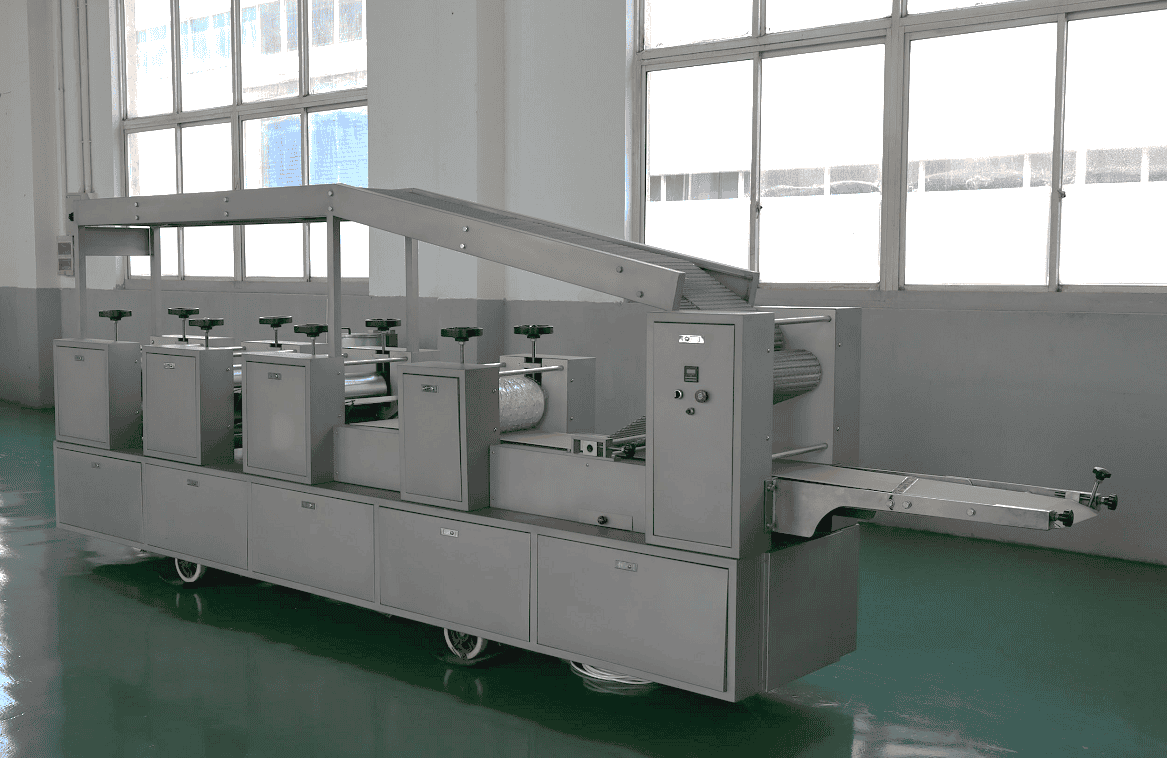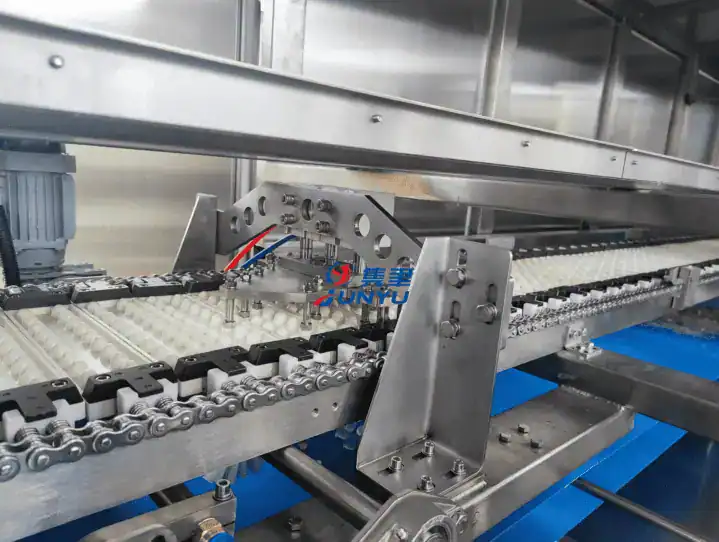Hey there, fellow gummy connoisseur! Are you ready to dive into the chewy, colorful, and consistently delightful world of gummy manufacturing?
If you’ve ever unwrapped a gummy bear and found yourself wondering how it got that perfect, uniform shape and taste, you’re in the right place.
Let’s take a fun and informative journey through the inner workings of gummy manufacturing machines and uncover the secrets behind their product consistency.
1. Precision in Ingredients
Our adventure begins with the foundation of any gummy treat: the ingredients. A gummy manufacturing machine is like a maestro, conducting an orchestra of sugar, glucose syrup, water, and gelatin (or pectin) to create a symphony of chewiness. Each ingredient is precisely measured to the last gram, ensuring that every batch is a harmonious blend of sweetness and texture.
2. The Art of Mixing
Once our ingredients are ready, it’s time to mix, and not just any mixing—this is the kind that makes all the difference. The machine’s mixing process is like a well-choreographed dance, where every move is calculated for optimal consistency. The speed, duration, and even the intensity of the mixing ensure that flavors and colors are evenly distributed throughout the gummy mixture.
3. Temperature Control
Ah, the heat of the moment! Temperature control is crucial in gummy manufacturing. Just like baking the perfect cake, the right temperature ensures that the gummy mixture gels perfectly. Too hot, and you’ve got a gummy mess; too cold, and your gummies might be a bit too firm for comfort. The machine maintains a strict temperature regimen, ensuring that every batch is cooked to gummy perfection.
4. The Mold Masters
Picture this: rows upon rows of molds, each one waiting to be filled with the gummy mixture. The machine’s precision in filling these molds is nothing short of remarkable. It’s like watching a painter fill in each canvas with the exact amount of paint needed to create a masterpiece. This level of accuracy ensures that every gummy has the same shape and size.
5. The Chill of Consistency
After the molds are filled, our gummies take a little breather in the cooling phase. This is where consistency meets chillness—literally. The cooling process is carefully controlled to ensure that the gummies set uniformly. No gummy is left behind, and they all come out of the cooling phase as chewy equals.
6. Automated Demolding
The art of demolding is as much about precision as it is about gentleness. The machine’s demolding process is like a well-practiced magic trick, where gummies are removed from their molds without a hitch. This ensures that the gummies maintain their shape and size, contributing to the overall product consistency.
7. Quality Control with an Iron Fist
But wait, there’s more! After the gummies have been molded and cooled, they go through a rigorous quality control process. It’s like a gummy audition where only the best make the cut. The machine uses advanced sensors and high-speed cameras to check for any inconsistencies in size, shape, or appearance, ensuring that only the chewiest and most consistent gummies make it to the packaging stage.
8. The Packaging Parade
Now that our gummies have passed the quality control test, it’s time to dress them up for the big show—packaging. Whether it’s individual wrapping or bulk packaging, the machine ensures that each gummy is presented consistently. This not only protects the gummies but also maintains their uniform appearance on the shelves.
9. Consistency in Flavor and Color
One of the most impressive feats of a gummy manufacturing machine is its ability to maintain consistent flavor and color across millions of gummies. This is achieved through the careful control of ingredient ratios and the precision of the mixing process. The result? A gummy that tastes as deliciously fruity on the first bite as it does on the millionth.
10. Continuous Improvement and Calibration
The pursuit of consistency is a never-ending journey for gummy manufacturing machines. Regular calibration and updates to the machine ensure that it continues to produce gummies with unwavering consistency. It’s like a gummy fitness regimen, where the machine gets a tune-up to stay in top shape for gummy production.
Conclusion
There you have it—a glimpse into the 嚼嚼嚼 (that’s “chew chew chew” for the uninitiated) world of gummy manufacturing and the consistency conundrum it solves. From precise ingredient measurement to meticulous quality control, every step is carefully orchestrated to ensure that each gummy treat is as deliciously consistent as the next. So the next time you pop a gummy into your mouth, remember the 嚼嚼嚼 machine and its tireless work to bring you chewy perfection.
Remember: Consistency may not always be the spice of life, but in the world of gummy manufacturing, it’s the chewy cornerstone. Keep enjoying those uniformly delicious gummies, and may your days be as sweet and consistent as your favorite gummy snack!







